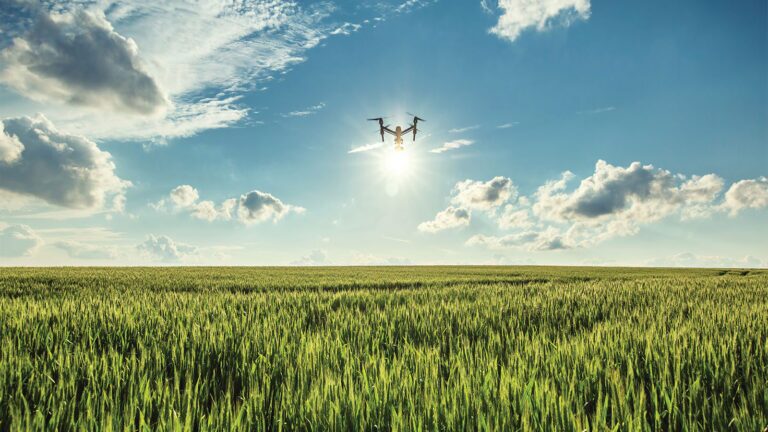Stay Up to Date
Submit your email address to receive the latest industry and Aerospace America news.
AIAA Announcements
2020 AIAA Election Results
AIAA is pleased to announce the results of its 2020 election:
Director–Aircraft Technology,
Integration, and Operations Group
Richard L. Mange
Lockheed Martin Aeronautics
Director–Business and Management Group
Leslie Lake
Reynolds, Smith & Hills, Inc.
Director–Region I
Steven X. S. Bauer
NASA Langley Research Center
Director–Region II
Kurt Polzin
NASA Marshall Space Flight Center
Director–Region VII
Cees Bil
RMIT University
Director–Space and Missiles Group
Lawrence “Robbie” Robertson
Air Force Research Laboratory
Director-Elect–Young Professionals Group
Ashlee Youngpeters
Pratt & Whitney
The newly elected will begin their terms of office in May 2020.
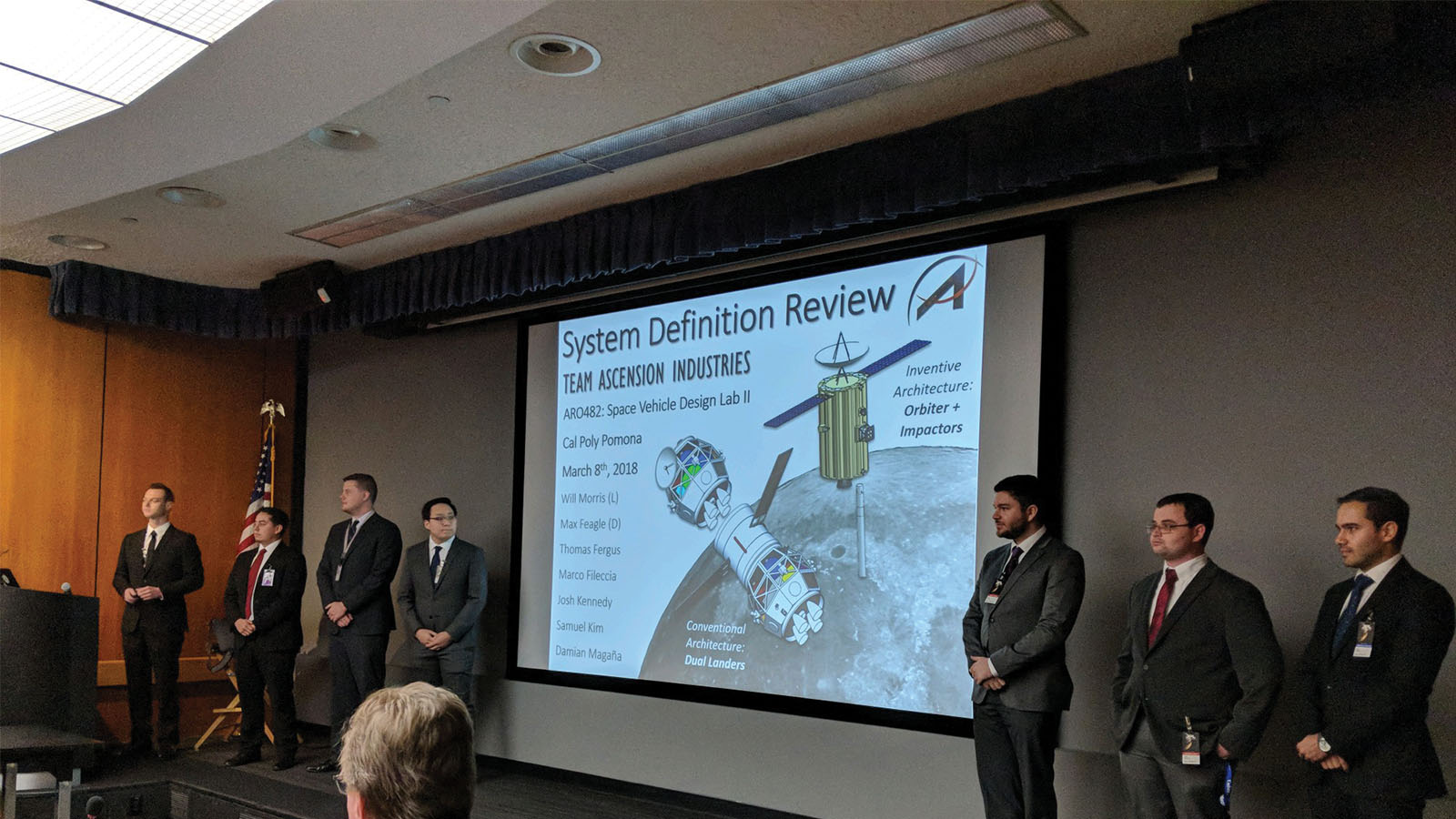
AIAA Foundation
Making an Impact: Design Competitions
Our industry is continuously evolving to meet the challenges of today and tomorrow, and we know that some of the most cutting-edge answers come from university students. AIAA student members from across the world respond to these challenges by forming teams of up to 10 people and submitting designs to one of AIAA’s design competitions. These competitions solicit members of industry to design a Request for Proposals (RFP) that outlines a specific design problem that students will work together to solve.
In 2019, the Student Activities Committee (SAC) issued design competition RFPs covering missile systems, space systems, aircraft, and engine design, and over 500 students answered the call and produced reports responding to the RFPs. Several AIAA Technical Committees (TC) supplied industry professionals to judge the students’ proposals, and student members received valuable feedback and critique of their designs.
Out of the 73 proposals submitted across all design competitions, 18 team and individual proposals were selected as the best of the best. Students on the winning teams were invited to present their proposals to TCs and answer questions from industry professionals about their designs at the 2019 AIAA Propulsion and Energy Forum and the 2020 AIAA SciTech Forum. Industry feedback is valuable to students so they can continue their research and design long after the competitions have concluded.
RFPs for 2020 design competitions have been released in the areas of missile systems design, aircraft design, space systems design, and engine design. Information about AIAA’s design competitions can be found at aiaa.org/get-involved/students-educators/Design-Competitions.
For more information about how to become involved with AIAA’s educational outreach or make a donation, please visit aiaa.org/get-involved or contact Merrie Scott, [email protected].
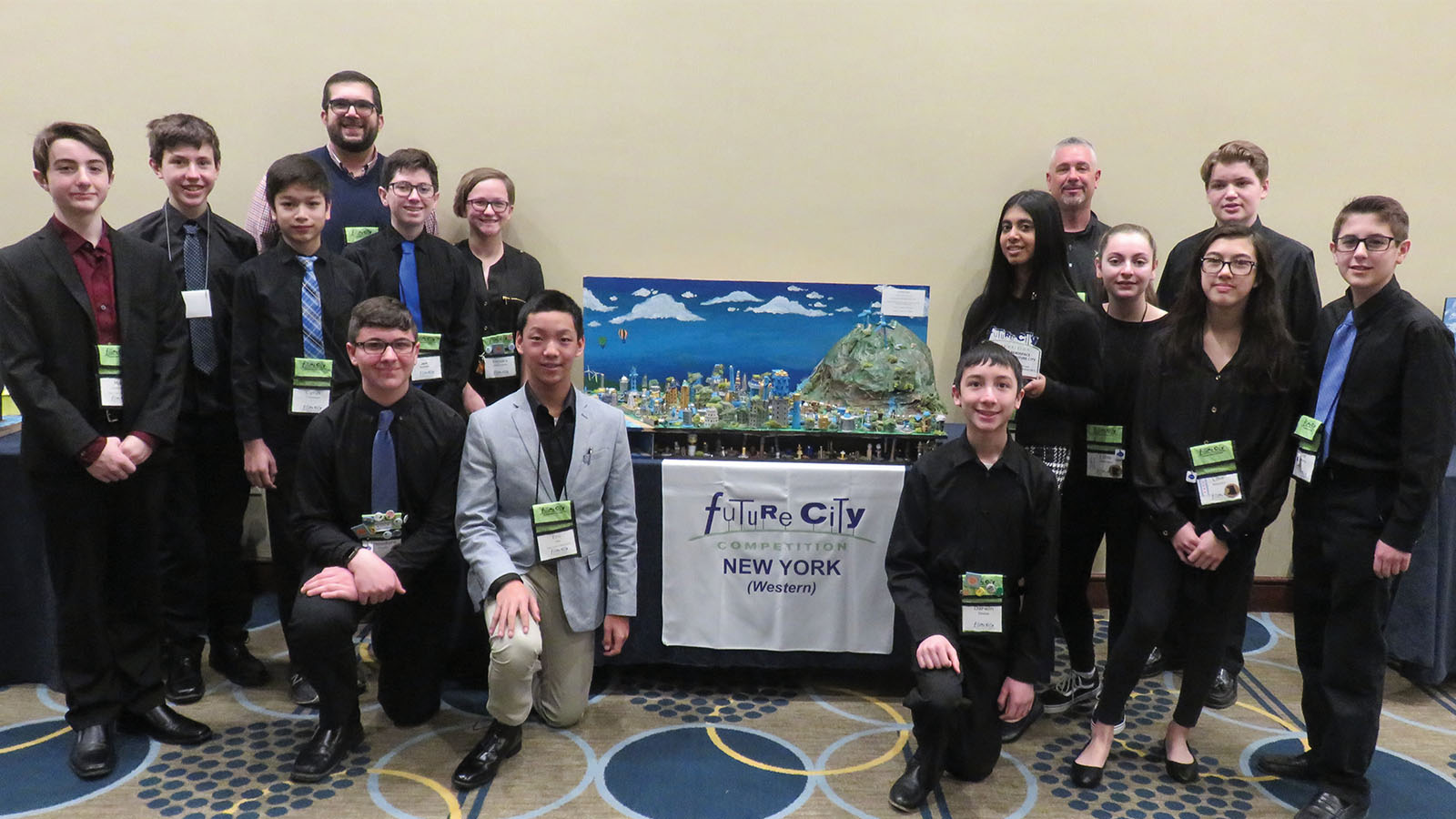
Section News
National Capital Section Presents Future City 2020 Special Award
By Bruce Cranford
From 15 to 19 February, regional Future City winners from 40 middle schools and afterschool organizations (e.g., scouts, 4H, boys/girls clubs) nationwide and Canada participated in the Future City National Finals in Washington, D.C. Regional winning teams received an all-expense-paid trip to the National Finals. In its 28th year, this year’s Future City theme was “Clean Water: Tap Into Tomorrow,” and middle school students were asked to create cities of the future, first on a computer and then as large tabletop models. Working in teams with a teacher and volunteer engineer mentor, students create their cities using the SimCity 3000 TM video game donated to all participating schools by Electronic Arts, Inc., of Redwood City, CA. Students wrote an abstract and an essay on using engineering to solve an important social issue. Then they presented and defended their cities before engineer judges at the competition. Over 45,000 students from more than 1,350 schools participated in 2019–2020.
The students created detailed and often fantastic cities of tomorrow that give intriguing insight to how young minds envision their future. At the same time, their bold designs and innovative concepts provide a refreshingly optimistic appreciation of how our nation can realistically deal with the many challenges facing its cities, including the power of public spaces.
As part of the Future City’s program, the AIAA National Capital Section (NCS) presented the 18th annual Special Award for the Best Use of Aerospace Technology to the city named Iberis (Team Members: Marc Vredenburg, Eric Ma, Vrushali, Kulkami, Sunya Afrasiabi, Cyrus Clabeaux, Seamus Coleman, Oscar Guzzino, Kaitlyn Guitt, Kendra Harrington, Elion Isenberg, Lillie Klaiman, Alexander Kydrytski, Lilia Miliotto, Theodore Poulin, Jack Pronobis, Drwain Skalski. Educator: Randall Gammiero, Mentor: Jeffrey Harrington, Mill Middle School, Buffalo, New York [Western Region]). The AIAA NCS congratulates the team for their outstanding efforts in winning this award. Bruce Cranford, NCS Social Media chair, presented the award on 18 February 2020. The award consisted of a savings bond for each student team member, and a plaque highlighting the award for each member of the team.
Part of the NCS STEM activities is to include science fair judging for middle and high schools in the greater Washington D.C. Metropolitan Area.
The AIAA NCS wishes to thank the NCS judges for the Best Use of Aerospace Technology: Dr. Ananthakrishna Sarma, Technical Fellow at Leidos, and Nitin Raghu, NCS Chair and Senior Consultant at Deloitte. For more information and a list of all the winners, visit futurecity.org.

Award Announcements
2020 Speas Airport Award Presented
Sponsored jointly by AIAA, the American Association of Airport Executives (AAAE), and the Airports Consultants Council (ACC), the Jay Hollingsworth Speas Airport Award is presented annually to the nominee(s) judged to have contributed most significantly in recent years to the enhancement of relationships between airports and/or heliports and their surrounding environments via exemplary innovation that might be replicated elsewhere.
This year’s award was presented at the 2020 ACC/AAAE Airport Planning, Design and Construction Symposium in February to the Louisville Regional Airport Authority for their work in seeking “to maintain operational capabilities while enhancing community relations with neighborhoods and reducing environmental impacts of obstruction mitigation.”
AIAA Announcements
New Corporate Members
Please join us in welcoming four new corporate members!
Centennial Software, LLC
Broomfield, CO
This privately held small business conducts embedded platform development and maintenance work. They have the ability to build firmware, test plans, programmable logic boards, offer assistance with debugging, planning, new product development, upstreaming using a variety of tools such as Xilinx Vivado, SDK, SDSoC and PetaLinux Tools, Eclipse, GNU and proprietary software.
BRPH
Melbourne, FL
BRPH is a full-service architecture and engineering design firm with all services in-house. More than simply designers, they solve the world’s toughest challenges with precision, creativity, and a little bit of fun. With 53 years of experience designing projects for a full spectrum of industries, ranging from multi-million-dollar launch pads to over a million-square-foot manufacturing facilities and everything in between. Some of their aerospace projects include the P-109 aircraft maintenance hangar, Kodiak Launch Complex, Delta IV Launch Complex 37 modifications, Commercial Crew and Cargo Processing Facility and The Kennedy Space Center.
Brulin Holding Company, Inc. (BHC)
Indianapolis, IN
BHC is a specialty chemical manufacturer under the brand names of Brulin and Patco Food Safety. These respective brands operate divisions in commercial floor care, healthcare, food service, industrial where they provide process cleaning solutions for space & aerospace, precision metal, automotive, medical and optics and are production intermediates, providing a turnkey super concentrated chemical blending program.
Jet Propulsion Laboratory (JPL)
Pasadena, CA
JPL is a federally funded research and development center and NASA field center. Founded in the 1930s, the JPL is currently owned by NASA and managed by the nearby California Institute of Technology (Caltech) for NASA spacecraft “robotic spacecraft, though it also conducts Earth-orbit and astronomy missions. It is also responsible for operating NASA’s Deep Space Network.
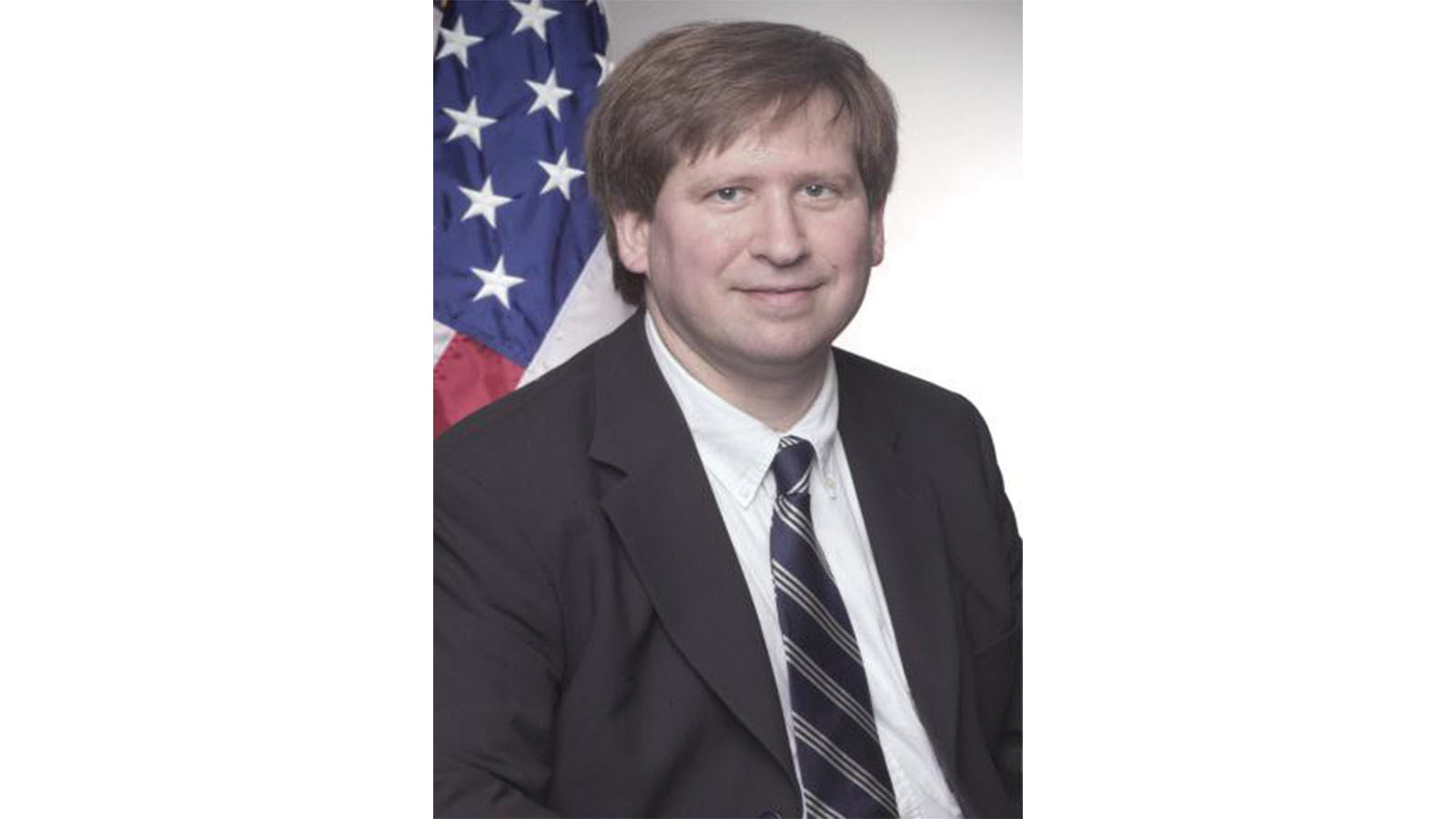
Obituary
AIAA Associate Fellow Scott Died in August 2019
Steven S. Scott, NASA Goddard Space Flight Center (GSFC) Chief Engineer, passed away on 14 August 2019.
Mr. Scott completed a Bachelor’s of Physics from Lebanon Valley College and two Master of Science degrees.
After joining GSFC in 1990, Mr. Scott worked on a large number of technical assignments, developmental efforts, projects and programs, including as a Systems Assurance Manager, the Software Systems Manager for the EOS (Earth Observing System) Chemistry and Special Flights Project, the Total Ozone Mapping Spectrometer (TOMS-EP) Project, and serving as the Lead Systems Engineer for the LANDSAT-7 Project.
Mr. Scott also served as the Software Systems Manager for the specification, design, implementation, and testing of all the Flight Software for LANDSAT-7. He assembled a team to develop the Failure Detection and Correction Software for LANDSAT when the contractor development effort was delayed. He also led teams of engineers in the development of On-Orbit Operations and Telemetry and Command Handbooks and Procedures. In 1999 he was assigned as the Chief Systems Engineer for Earth Explorers, Earth Science System Pathfinders (ESSP), and Earth Probes Projects. He also served as a Senior Systems Engineer on Aura (EOS Chemistry), GOES (Geostationary Orbital Environmental Satellite), and served as the GOES NOPQ Software Systems Manager until May 2000.
Mr. Scott was involved with the specification of flight and ground software for the TDRSS (Tracking and Data Relay Satellite System) program. He wrote all the software and flight computer specifications for the GOES NOPQ procurement. Based on his expertise, he supported other projects in a consulting role in the area of software management and development.
As GSFC Chief Engineer in the Applied Engineering and Technology Directorate, Mr. Scott had the responsibility for the planning, management, and evaluation of engineering activities, projects, and programs to meet Goddard’s mission requirements. Mr. Scott participated in thousands of spacecrafts, ground system, and instrument reviews as well as on Tiger Teams and troubleshooting activities.
Because of his expertise in flight software, ground software, and operations, Mr. Scott served as the first Software Discipline Chief Engineer/Software Technical Fellow for the NASA Engineering and Safety Center while continuing to perform his duties as the GSFC Chief Engineer. He also served as the NASA Engineering and Safety Center (NESC) Center Chief Engineer for Goddard Space Flight Center for several years.
Early in his career, Mr. Scott served as a technical representative and translator of technical data packages on many projects in the United States and China, were he was the Lead Engineer for installing a complete Hybrid Circuit Production facility at the East China Institute of Photo-Electron IC. In addition, Mr. Scott worked for UNISYS as a Senior Software Engineer where he worked on Space Station Work Package Three and the Flight Telerobotic Servicer Mission.
As well as being an AIAA Associate Fellow, Mr. Scott was a member IEEE, ACM, ASQ, APS, INFORMS. He had been a member of the AIAA Software Technical Committee.
Obituary
AIAA Senior Member Reitter Died in December 2019
LeRoy M. Reitter, 94, passed away 17 December 2019.
Mr. Reitter enlisted in the U.S. Marine Corps and served tours of duty in World War II and in the Korean Conflict. He graduated from the University of Illinois.
A career aerospace engineer with McDonnell Aircraft Corp. and then McDonnell-Douglas Corp., Mr. Reitter was an administrative engineer for McDonnell at Cape Canaveral, FL, during the Mercury and Gemini manned space programs. In two manned space program halls of fame, Mr. Reitter retired from McDonnell in 1981.
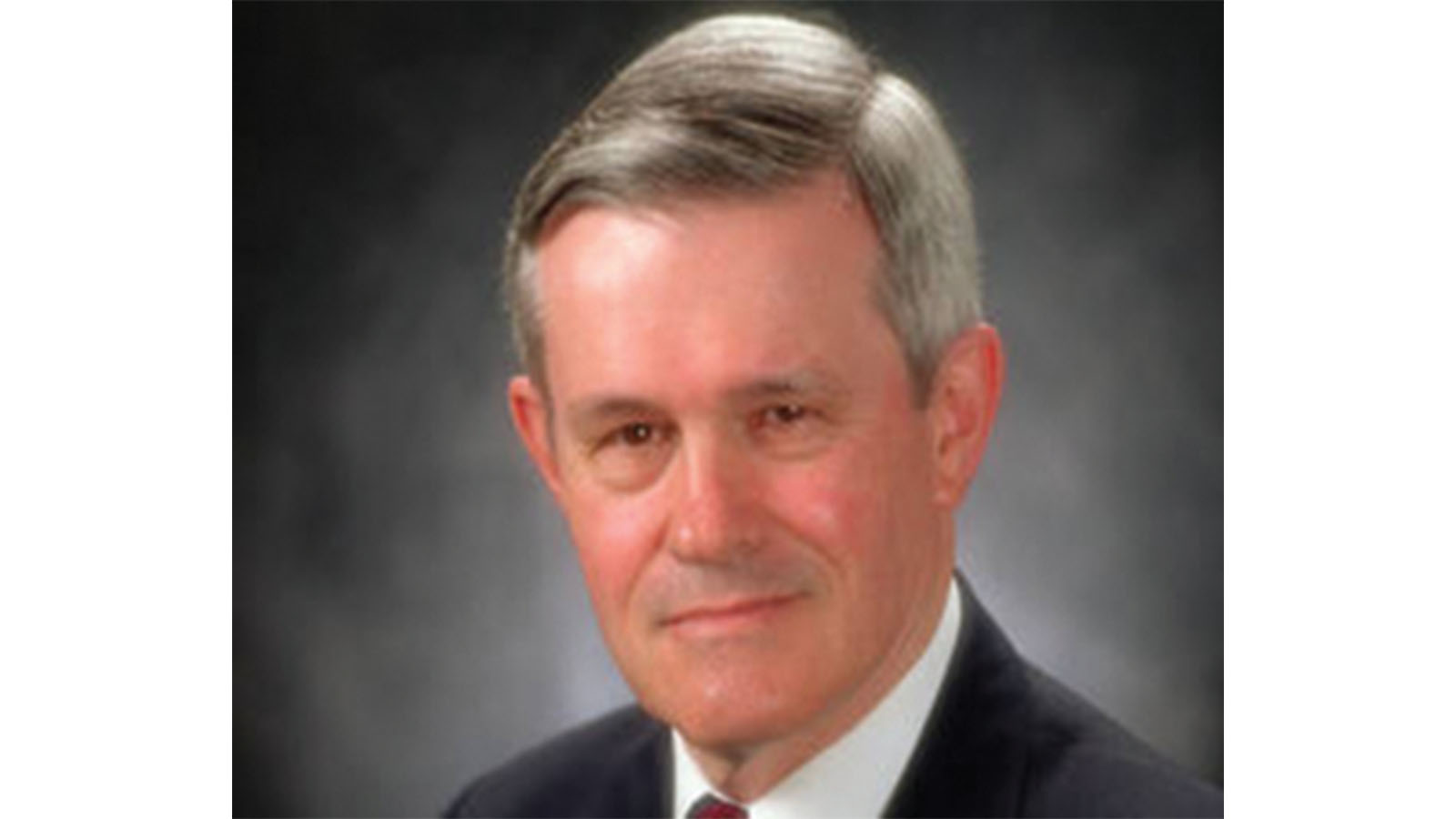
Obituary
AIAA Fellow Franklin Died in January
James A. “Jack” Franklin, internationally known V/STOL controls expert, died on 22 January.
After completing his Ph.D. in aerospace and mechanical sciences at Princeton University, Franklin began working at NASA Ames Research Center in 1970. He was a member of the Flight Dynamics and Controls Branch, where he initially specialized in STOL flying qualities, using an approximation of the speed/flight-path angle equations of motion to posit different responses to attitude and thrust inputs depending on aerodynamic characteristics of such aircraft and quantifying the effects of the differences on flying qualities by doing a number of manned experiments in the Flight Simulator for Advanced Aircraft at Ames. He and his coworkers at Ames and Canada’s National Research Council validated these results in flight experiments with both the Augmenter Wing and QSRA aircraft at Ames.
From 1975 to 1984, Franklin was promoted to chief of the Flight Dynamics and Controls Branch. He led the branch in an expansion of research to include helicopter dynamics and control, which included transferring a CH-47 research fly-by-wire helicopter to Ames. At the same time, he also continued his personal research, focused on flying qualities issues with VTOL aircraft. In 1980 the Vertical Motion Simulator at Ames was completed to continue this research for both helicopters and V/STOL aircraft, and Franklin undertook an examination of VTOL control laws, using a new nonlinear inverse design scheme that was pioneered in the Flight Dynamics and Controls Branch. Concurrently, he began the process of acquiring a YAV-8B Harrier aircraft for flight verification at Ames of simulator results.
Returning to a full research position in 1985, Franklin worked on a series of simulator and flight experiments with his colleagues. He formed a collaborative research program with the British Royal Aeronautical Establishment at Bedford, who also were building a modified Harrier to explore the same flying qualities issues. After flight verifications, Franklin tested the flight control concept developed by this collaborative effort in a new series of simulations focused on the aerodynamic models of two competing Joint Strike Fighter variants. Ultimately, this control system design was selected by NAVAIR in 2002 as the basis for what is now the Lockheed-Martin F-35B. For this work, along with the 30 years of research preceding it, Franklin was awarded the AIAA F.E. Newbold V/STOL Award in 2010.
In 2002, Franklin authored an AIAA Education series book, Dynamics, Control, and Flying Qualities of V/STOL Aircraft. He was also the author of a NASA report on the history of flight research at Ames, along with numerous papers and technical memoranda. In addition, Franklin taught a graduate course in flying qualities at Stanford, one of a series of courses developed by Fred Schmitz.
Obituary
AIAA Associate Fellow Smith Died in February
Hubert C. “Skip” Smith, an Associate Professor Emeritus of Aerospace Engineering at Penn State University, died on 15 February. He was 89.
Smith received a B.A. in Liberal Arts from Gettysburg College, and a B.S. and M.S. in Aeronautical Engineering from Penn State University. In 1978 he received a Ph.D. in Systems Engineering from the University of Virginia. He also served for two years as a U.S. Air Force officer, and additional ten years in the Air Force Reserve, rising to the rank of Captain. From 1959 to 1965, he worked for the Air Force in a civilian capacity as an Aircraft Project Engineer.
Following graduate studies in 1967, Smith joined the faculty of the Aerospace Engineering Department at Penn State University as an Assistant Professor. He was also a Visiting Professor of Aeronautical Engineering at Embry-Riddle Aeronautical University (1983–1984 and 1991–1992). Twelve years prior to retiring in 1999, he was Director of Undergraduate Studies in Aerospace Engineering at Penn State, and spent much of his time throughout his career advising and working with students. A highlight of his career was helping several teams receive awards in the National General Aviation Design Competition sponsored by NASA and the FAA. His passion was making sure his students were successful. As such, several student groups presented him with trophies in appreciation for his dedicated devotion to his craft of teaching.
During Smith’s tenure at PSU, he authored several books, including The Illustrated Guide to Aerodynamics, books on performance flight testing, and an engineering textbook. He also authored over 60 articles relating to aeronautical engineering.
A pilot since 1952, and owner of several planes, he was an instrument-rated commercial pilot, a glider pilot, and a certified flight and ground instructor. He served for 20 years as a FAA-designated Aviation Safety Counselor and spoke at numerous FAA safety seminars and other aviation gatherings. Smith was frequently interviewed by newspapers and TV stations on current aviation events. In 2005, he was given the prestigious Wright Brothers Master Pilot Award by the FAA.
As well as being an AIAA Associate Fellow, he was a member of the American Society for Engineering Education (ASEE), the Aircraft Owners and Pilots Association, the Experimental Aircraft Association, and a past member of the Society of Automotive Engineers (SAE), and the National Transportation Research Board. He held a number of national awards for educational achievement from AIAA (Piper General Aviation Award, 1996), ASEE, and SAE, as well as local awards for outstanding teaching and advising from both Penn State and Embry-Riddle Universities.
Stay Up to Date
Submit your email address to receive the latest industry and Aerospace America news.




